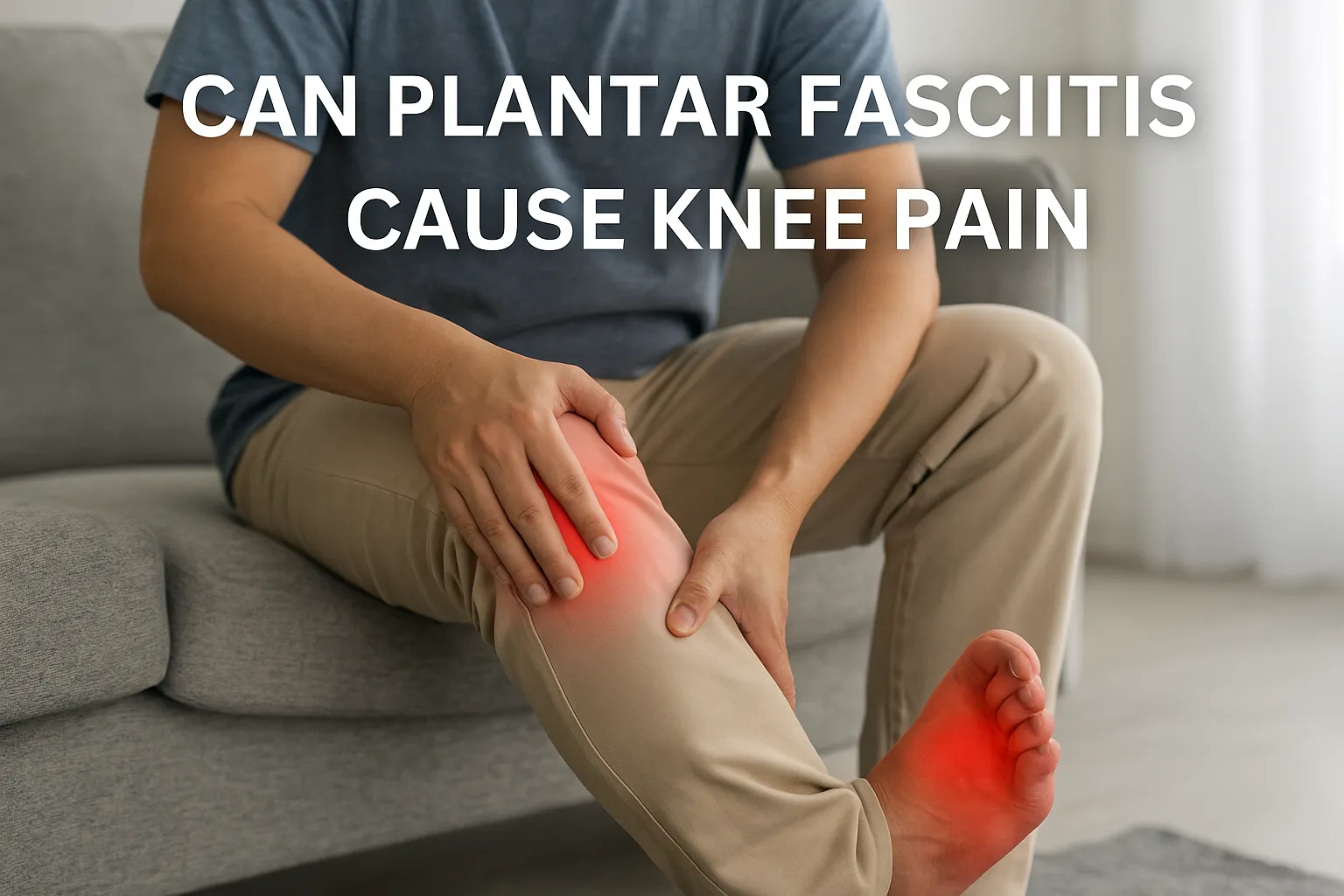For thousands of years, pain was treated with whatever was available — mostly herbs, heat, and hope. Ancient civilizations leaned on natural remedies like opium poppies and plant-based salves. It worked—sort of—but no one would call it reliable relief.
Fast forward to the 19th century: modern medicine finally caught up. The introduction of anesthesia changed everything. Surgery became safer, and pain could actually be controlled. That momentum carried into the 20th century, where pharmacology took center stage. Opioids became the gold standard. They worked—until they didn’t.
By the time we hit the 2000s, a new problem emerged: addiction. The very tools we trusted to manage pain created a crisis of their own.
Why 2025 Is the Turning Point
Now, in 2025, we’ve reached a crossroads. The opioid epidemic has forced a global reckoning. According to the CDC, over 75% of drug overdose deaths in the U.S. now involve an opioid. That stat alone explains why both patients and providers are looking for a better way.
Enter non-invasive technologies. From acoustic Shockwave therapy to wearable neuromodulators, today’s tools are smarter, safer, and, importantly, drug-free. They don’t mask the pain — they target the root of it.
And here’s what’s driving this shift: demand. More people are asking for alternatives. They’re skeptical of pills. They want results without side effects. Clinics that adapt to this are ahead of the curve — and the rest are playing catch-up.
What Are Non-Invasive Therapies?
You don’t need scalpels and stitches to fix pain anymore.
Non-invasive therapies are treatments that work without breaking the skin or inserting anything into the body. No cuts. No scopes. No needles.
Doctors have used non-invasive tools for years to diagnose conditions — things like MRIs, X-rays, and ECGs. But today, these therapies do much more than just detect problems. They treat them.
Why People Are Choosing Non-Invasive
There’s a reason this movement is growing fast — it solves real problems.
1. Less Risk. Faster Recovery
No incisions means no chance of infection, no general anesthesia, and no overnight hospital stays. Most patients walk in and walk out the same day. That’s a win.
2. Lower Costs
Non-invasive options are typically cheaper than surgery. You avoid the hospital bills and the post-op recovery costs. That’s not just easier on your body — it’s easier on your wallet.
3. Customized to the Patient.
These treatments adapt to what you need. Whether you’re a pro athlete or a 70-year-old with joint pain, your plan can target the root cause — not just numb the symptoms.
4. It’s Not Just Treatment — It’s Prevention.
When done right, non-invasive care doesn’t just fix pain. It helps stop it from coming back. And that’s the point, right?
Why Trust in These Therapies Is Surging
Patients are ready for this. A recent study found that 70% of people trust their doctor’s recommendations — and when those recommendations point to safer, non-invasive options, they’re saying “yes.”
Clinics are taking note. Providers across the country are adding shockwave machines, laser devices, and neuromodulators to their treatment menus. Why? Because the demand is there — and the tech works.
From chronic pain to sports injuries to erectile dysfunction, non-invasive therapies are reshaping how we think about healing. And in 2025, they’re no longer “alternative.” They’re the new normal.
1. TENS (Transcutaneous Electrical Nerve Stimulation)
What it is:
TENS sends small electrical currents through your skin to disrupt pain signals before they reach your brain. It’s a portable device — many use it at home.
What it’s used for:
Lower back pain, arthritis, sciatica, menstrual cramps, and fibromyalgia.
Why it matters:
No drugs. No side effects. And you can do it while watching Netflix.
What the science says:
The Cleveland Clinic and Mayo Clinic both support TENS for chronic pain. While the mechanism is still being researched, many patients report real relief.
“Most experts believe the current helps release pain-reducing chemicals your body already makes.” — Cleveland Clinic
2. Low-Level Laser Therapy (LLLT)
What it is:
LLLT — also called photobiomodulation — uses low-intensity laser light or LEDs to reduce inflammation and speed up healing. It doesn’t heat up or damage tissue.
What it’s used for:
Joint pain, inflammation, muscle recovery, wound healing, and even some skin conditions.
Why it matters:
This tech goes deep — literally — encouraging cell regeneration from the inside out.
What the science says:
Over 6,000 peer-reviewed studies back it. One study found meaningful pain reduction in chronic low back pain. Another confirmed reduction in inflammation in musculoskeletal injuries.
“LLLT is a fast-growing technology used to restore function, relieve pain, and promote healing.” — Journal of Clinical Laser Medicine & Surgery
3. Shockwave Therapy (Radial + Focused)
What it is:
Shockwave Therapy uses acoustic waves to jumpstart the body’s natural healing process. No cuts. No drugs. Just results. It’s formally called Extracorporeal Shock Wave Therapy (ESWT).
What it’s used for:
Plantar fasciitis, chronic tendon pain, muscle injuries, even erectile dysfunction (ED), and scar tissue. If it hurts and lingers, there’s a good chance shockwave has been studied for it.
Why it matters:
It stimulates tissue repair and regeneration — without surgery. Patients see results in a few sessions.
What the science says:
A review of 19 clinical trials found pain dropped by 1.49 points on the visual scale vs control groups. For musculoskeletal pain, success rates hit 70–90%.
“ESWT is an effective treatment method… resulting in pain relief and function restoration.” — Journal of Orthopaedic Research
If you’re searching for Shockwave Therapy, there are over 1,000 providers across the U.S. — and chances are, one is closer than you think.
4. Therapeutic Ultrasound
What it is:
This therapy uses sound waves — not heat — to treat pain deep inside your body. It’s been a go-to in physical therapy for decades.
What it’s used for:
Tendinitis, bursitis, scar tissue, and deep muscle or ligament injuries.
Why it matters:
It boosts circulation, reduces stiffness, and promotes healing at the source.
What the science says:
Therapeutic ultrasound has been FDA-approved since the 1950s. It’s a trusted method in rehab medicine for its safety and consistent results.
“An FDA-approved, nonsurgical procedure that poses minimal risk of complications.” — Northeast Spine and Sports Medicine
Comparing Alternatives: Injections, Pills, Surgery
If you’ve ever dealt with chronic pain, chances are someone offered you pills, an injection, or surgery. These are the “conventional” solutions. But conventional doesn’t always mean smart — or safe.
Let’s break down what they offer, what they cost, and why patients are starting to walk away from them.
A. The Limits of Traditional Pain Treatments
1. Pills: Relief with a Catch
Painkillers work — until they don’t.
Opioids can ease intense pain fast. But they also come with a well-known price: addiction, dependence, and overdose risk. According to the CDC, more than 75% of drug overdose deaths in the U.S. involve opioids.
NSAIDs (like ibuprofen) are over-the-counter staples, but long-term use can damage your stomach, heart, and kidneys. These drugs were never designed for chronic use — yet that’s how many treat them.
2. Injections: A Temporary Fix
Steroid and nerve block injections can buy you time. They might calm inflammation or numb a nerve for a few weeks. But they rarely solve the root problem.
One major review found that steroid injections for knee osteoarthritis didn’t improve long-term outcomes — and might even accelerate joint damage. That’s not a tradeoff most people want.
And every injection carries risk: infection, nerve injury, allergic reactions. Temporary relief shouldn’t come with permanent consequences.
3. Surgery: High Stakes, High Costs
When everything else fails, surgery often steps in. And yes, it can help — but at a cost.
Procedures like spinal fusion or joint replacement come with long recovery times and the possibility of complications. One study found that surgery had higher rates of adverse outcomes compared to non-invasive treatments for similar conditions.
Oh, and the bill? A spinal fusion can run you over $22,000 — not including recovery time, missed work, or follow-up care.
B. The Cost-Benefit Reality
Conventional treatments don’t just strain your body — they strain your wallet.
Patients relying on pills, injections, or surgeries typically face higher overall medical costs, plus more time spent managing side effects, complications, or relapses. And too often, these approaches don’t resolve the underlying issue — they just mask it.
So, what are you really paying for? Temporary comfort? Or long-term results?
C. Why Patients Are Moving Toward Non-Invasive Options
Patients today aren’t just looking for relief — they’re looking for sustainable relief.
A Gallup study found that 78% of Americans prefer to try non-drug options before reaching for a prescription. That’s not just a trend — that’s a shift in mindset.
People want treatments that work with the body, not against it. They want fewer side effects, less downtime, and more control.
That’s why therapies like Shockwave, TENS, and laser treatments are gaining ground. They don’t just patch the problem — they promote healing. And increasingly, they’re becoming the first choice, not the last resort.
Final Thoughts: Why 2025 Belongs to the Clinics That Adapt
Pain relief is evolving — fast.
Patients are fed up with band-aid treatments. They’re skeptical of pills, wary of surgeries, and tired of temporary fixes. What they want now is simple: results without the risks. And that’s exactly what non-invasive therapies offer.
The data is clear. From Shockwave Therapy to laser, TENS, and beyond, these solutions aren’t just effective — they’re preferred. They’re safer, more cost-effective, and backed by real clinical evidence. More importantly, they’re reshaping how pain is treated in real clinics, for real people, every single day.
For providers, this is more than a trend. It’s an opportunity. Clinics that embrace non-invasive therapies today will lead the way tomorrow. You don’t just attract more patients — you become the clinic known for smarter care.
So here’s the question:
Are you ready to meet the moment?
Because the clinics that adapt in 2025 won’t just keep up. They’ll take over.
Reviewed by







